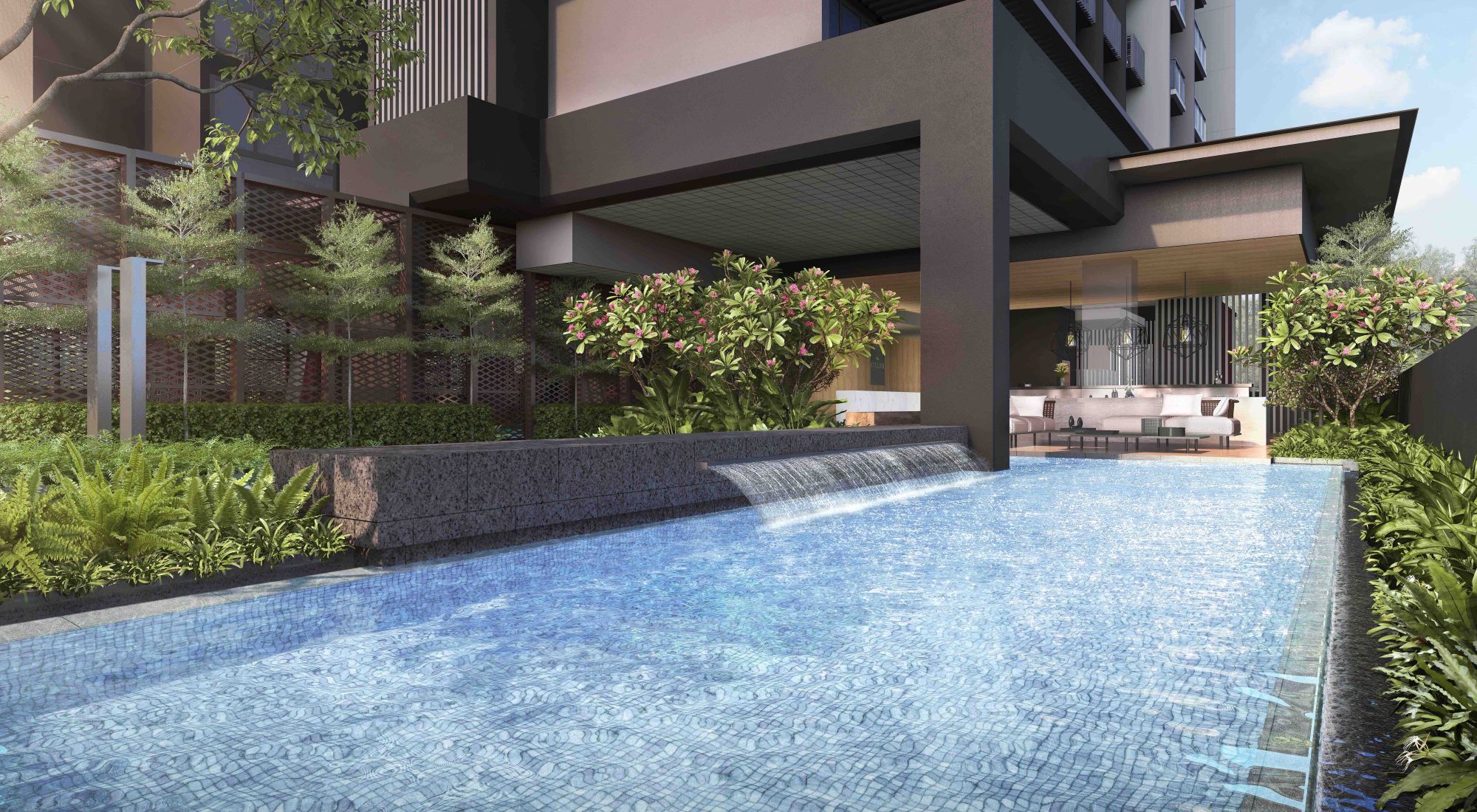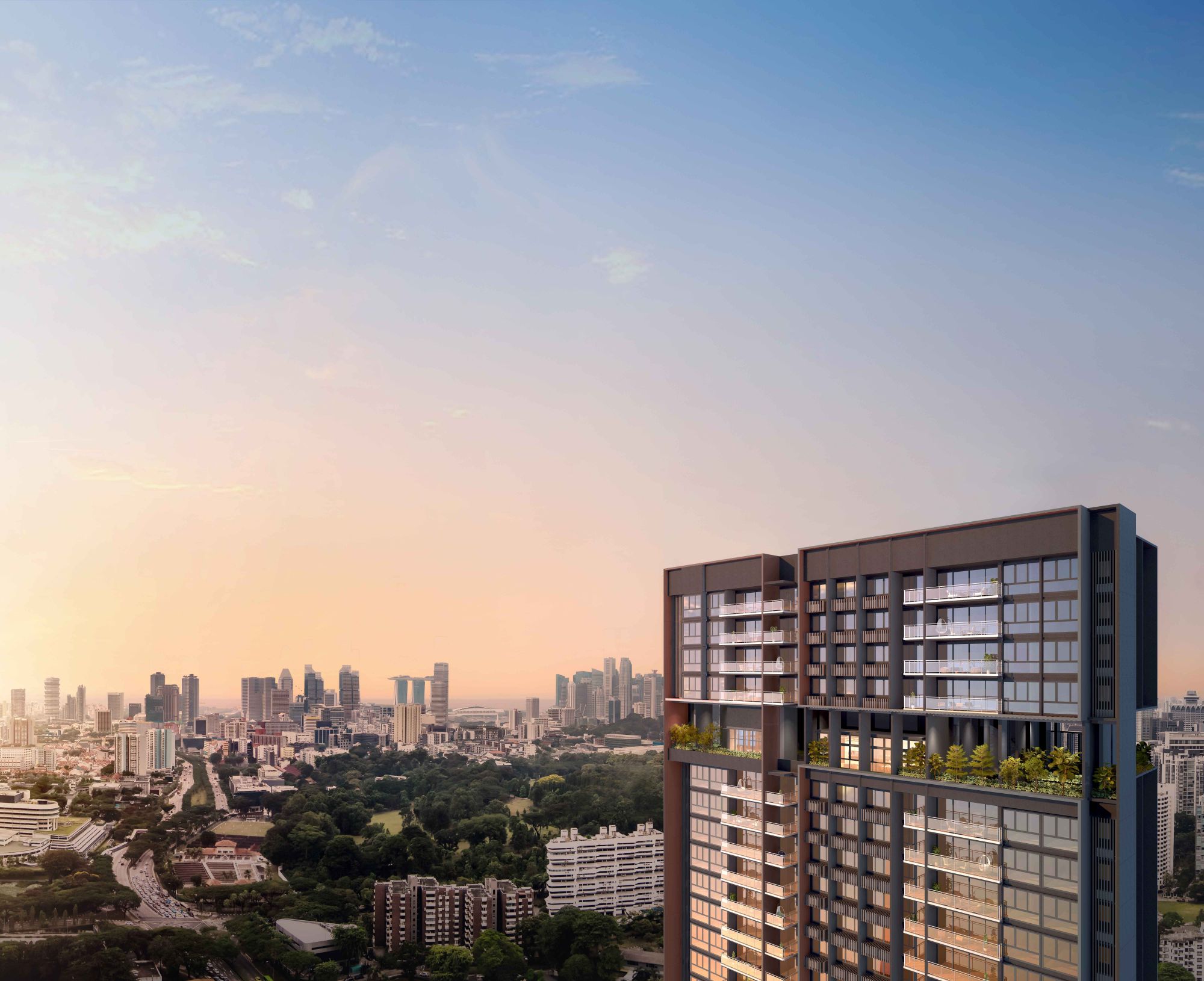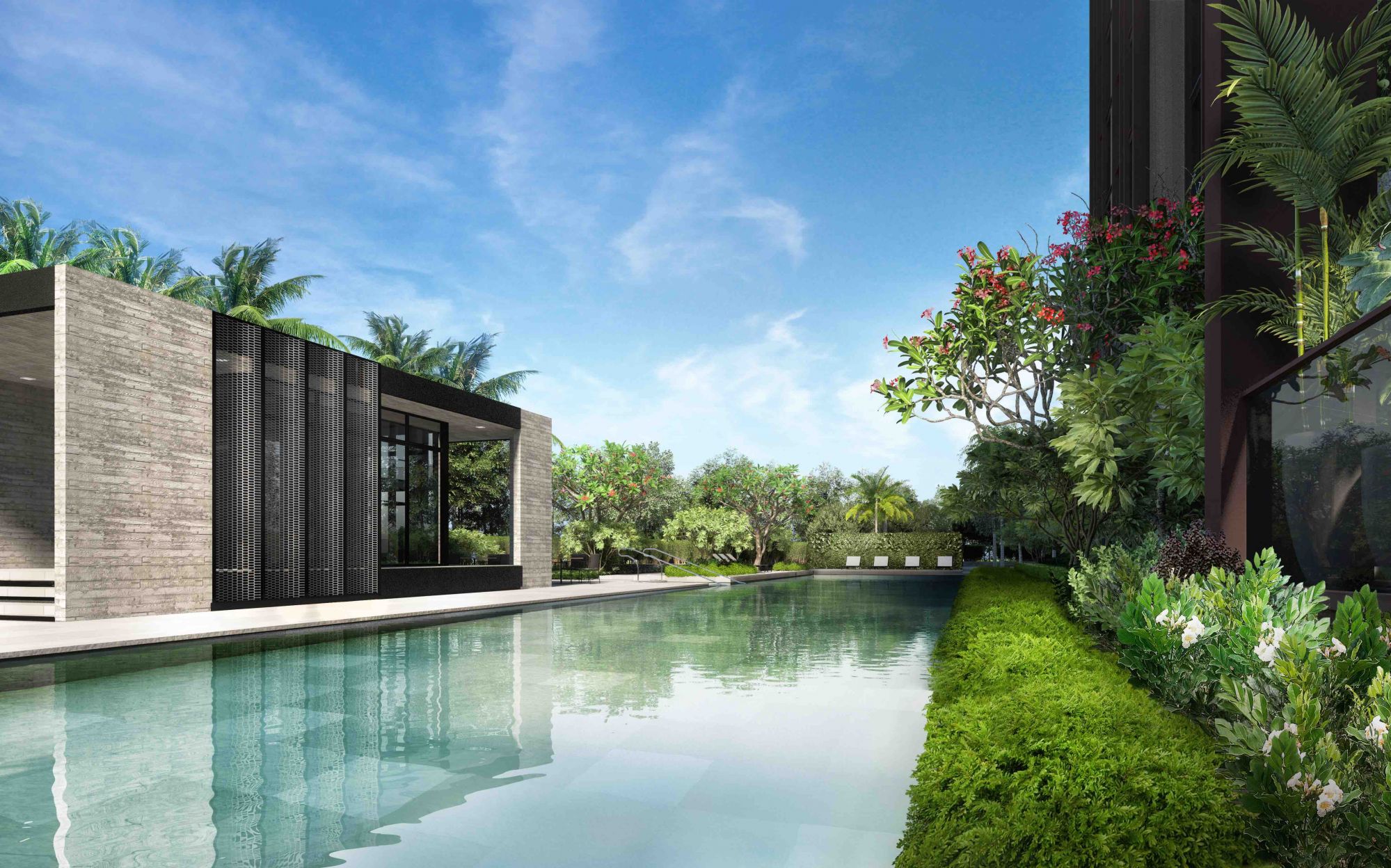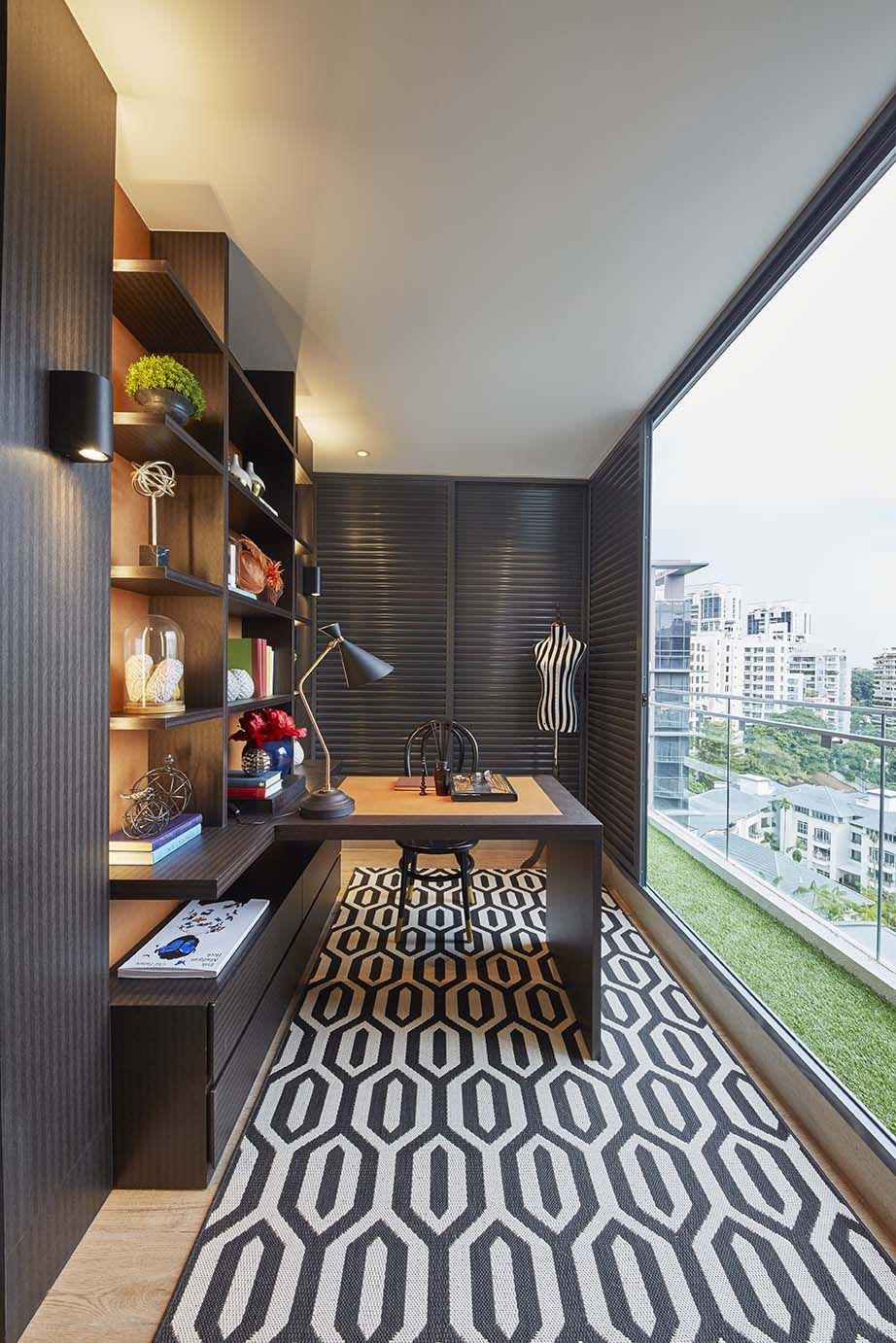Here's why green spaces and high-tech amenities are necessities, not luxuries, for the Lion City's homeowners and property investors in the new normal
“Home, is where I want to be. But I guess I'm already there.”
This song by Talking Heads perfectly encapsulates how much home owners are prioritising personalisation of their home, says Robert Brodeth, associate director for architecture at Ong&Ong. Some amount of personalisation is part of any homeowner’s plans, “but the pandemic did play a massive role by giving people the time to consider how much more they can personalise their home as well as the opportunity to address it," he adds.
See also: Desaru Coast In Johor Named The Next Prime Property Investment Spot In Asia

The pandemic did play a massive role by giving people the time to consider how much more they can personalise their home as well as the opportunity to address it
— Robert Brodeth, associate director for architecture at Ong&Ong





